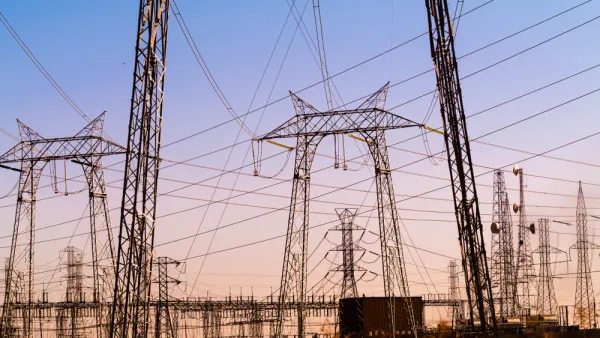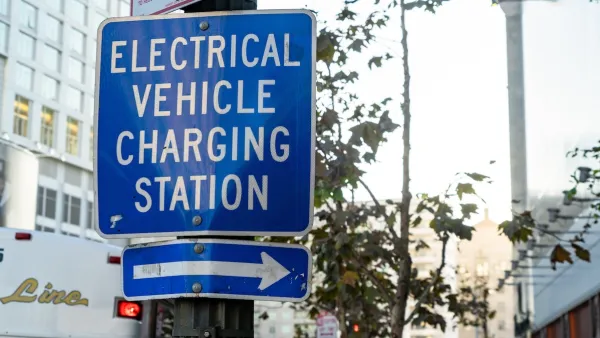In her news article and blog, Rebecca Smith examines the reduction in electricity consumption in the U.S. - the causes and how utilities have reacted to remain profitable.
The population is increasing, and we've become more reliant on electric-powered devices - either the plug-in type or those that need to be recharged frequently, yet the increase in power consumption for households is a mere .7% annually - and projected to remain there through 2040, according to the Energy Information Administration (EIA). Industrial users are also consuming less too - increasing .7% annually.
How can this be? Rebecca Smith provides the perspective from the utility sector - and their investors.
"The erosion of U.S. manufacturing has contributed to the consumption slowdown. Industrial electricity use, which includes manufacturing, accounts for about a quarter of the nation's total. From 1998 to 2010, the electricity used for manufacturing fell 18% as industrial processes grew more efficient and companies produced fewer goods in the U.S."
As for households, as a result of federal regulations requiring greater energy efficiency, all those gadgets and appliances are far more energy efficient than they might otherwise have been.
While this may sound like good news for the environment, it has put stress on power providers.
Rather than investing in new power plants, some utilities are investing in high-voltage transmission lines "because federal regulators are allowing them to collect above-average returns from customers on those outlays to encourage new investment in the nation's aging power networks."
In her blog, Smith takes a deeper look into the drop-off in energy consumption.
"Changes in demographics have an impact. The steady migration of Americans from cooler to warmer states has cut electricity use because cooling a building requires less energy than heating one (although many people assume the opposite).
Milder winter temperatures from 1960 to 2010 also helped chip away at electricity consumption, according to the Energy Information Administration.
About the only bright spot for utilities – looking ahead to largely lackluster sales for commodity electricity – is the transportation sector.
To encourage plug-in cars, many utilities are rolling out special electricity rates for cars that give them a cut-rate deal if they charge overnight, when the electric system has loads of excess capacity."
Learn the facts about electricity consumption from the EIA.
Contributor's note: Access to Wall Street Journal articles may be time-restricted for those without a subscription.
FULL STORY: U.S. Electricity Use on Wane

Analysis: Cybertruck Fatality Rate Far Exceeds That of Ford Pinto
The Tesla Cybertruck was recalled seven times last year.

National Parks Layoffs Will Cause Communities to Lose Billions
Thousands of essential park workers were laid off this week, just before the busy spring break season.

Retro-silient?: America’s First “Eco-burb,” The Woodlands Turns 50
A master-planned community north of Houston offers lessons on green infrastructure and resilient design, but falls short of its founder’s lofty affordability and walkability goals.

Test News Post 1
This is a summary

Analysis: Cybertruck Fatality Rate Far Exceeds That of Ford Pinto
The Tesla Cybertruck was recalled seven times last year.

Test News Headline 46
Test for the image on the front page.
Urban Design for Planners 1: Software Tools
This six-course series explores essential urban design concepts using open source software and equips planners with the tools they need to participate fully in the urban design process.
Planning for Universal Design
Learn the tools for implementing Universal Design in planning regulations.
EMC Planning Group, Inc.
Planetizen
Planetizen
Mpact (formerly Rail~Volution)
Great Falls Development Authority, Inc.
HUDs Office of Policy Development and Research
NYU Wagner Graduate School of Public Service



























